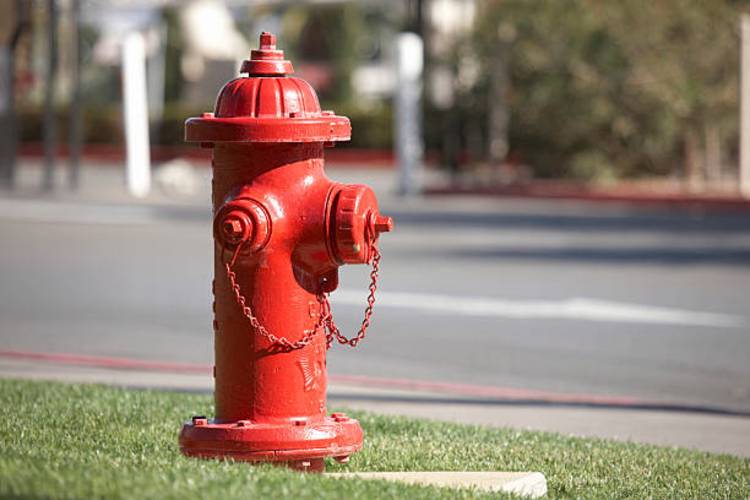 Since fire hydrants are needed to extinguish fires, it’s important that they be tested regularly so that they will be ready when they are needed. Fire hydrant testing typically involves checking the flowing pressure and static pressure. Flowing pressure is the pressure of the water that flows out when a hydrant is opened, while static pressure refers to the pressure when the water is not flowing.
Since fire hydrants are needed to extinguish fires, it’s important that they be tested regularly so that they will be ready when they are needed. Fire hydrant testing typically involves checking the flowing pressure and static pressure. Flowing pressure is the pressure of the water that flows out when a hydrant is opened, while static pressure refers to the pressure when the water is not flowing.
Basically, a high flowing pressure is what is needed to put out a fire. Without a significantly high flowing pressure, a fire hydrant will be essentially useless. Meanwhile the static pressure refers to the amount of water that can be delivered by a hydrant. The two factors are equally important when it comes time to put out a large fire.
Fire hydrant testing also helps ensure that a hydrant and all the plumbing connected to it are in good working condition. You’ve probably seen an open fire hydrant spraying water into the street at some point. As annoying as this can be, it does serve an important purpose. This flushing of a fire hydrant helps remove stagnant water and clear out any debris that may be left in the pipes. It also ensures that a hydrant’s valve can be opened when it is needed. The last thing that any good firefighter wants is to be unable to open a fire hydrant when they need it.
Finally, fire hydrants can be damaged by any number of factors such as vandalism, accidents, or even blockages in the plumbing. Regular testing will help identify this kind of damage so that it can be repaired quickly.
In the event of a large fire, it’s important that firefighters be able to use one or more fire hydrants in the area. This is why fire hydrant testing is so important, and why it should be done at least once every year. It helps keep the hydrants themselves in good condition, and ensures that they will be ready to go before someone’s home or business is destroyed.